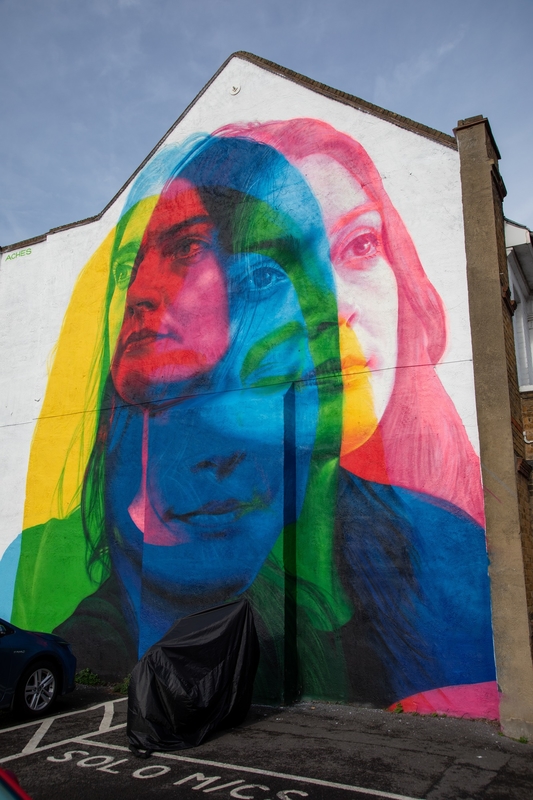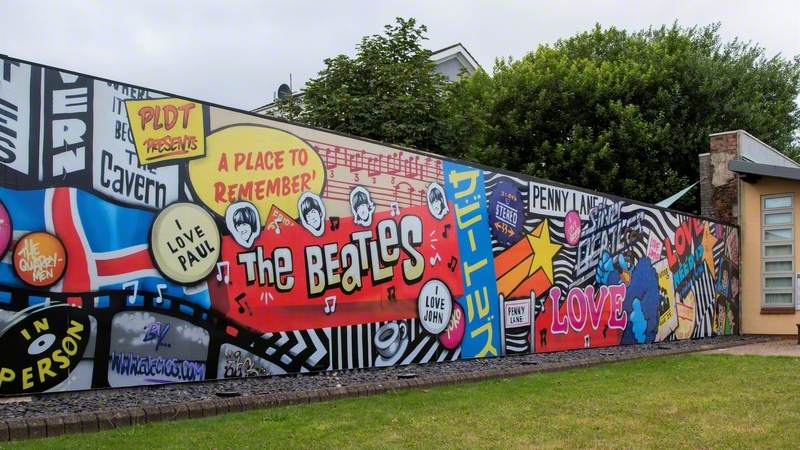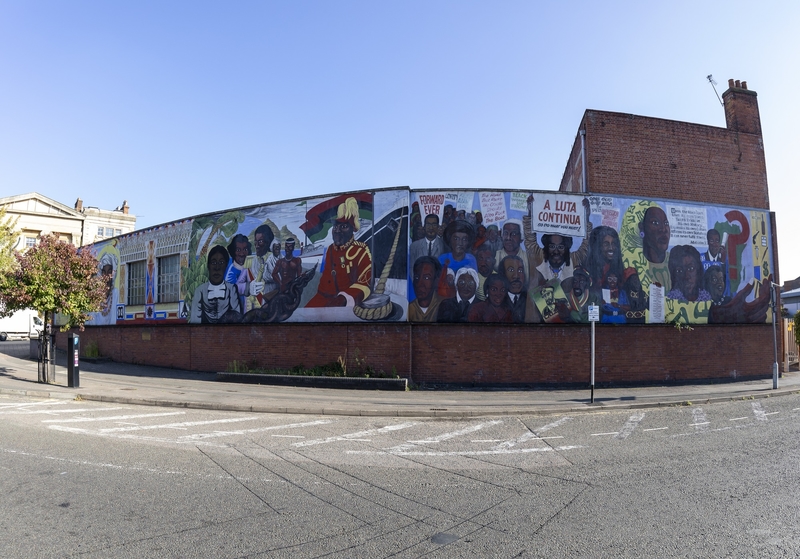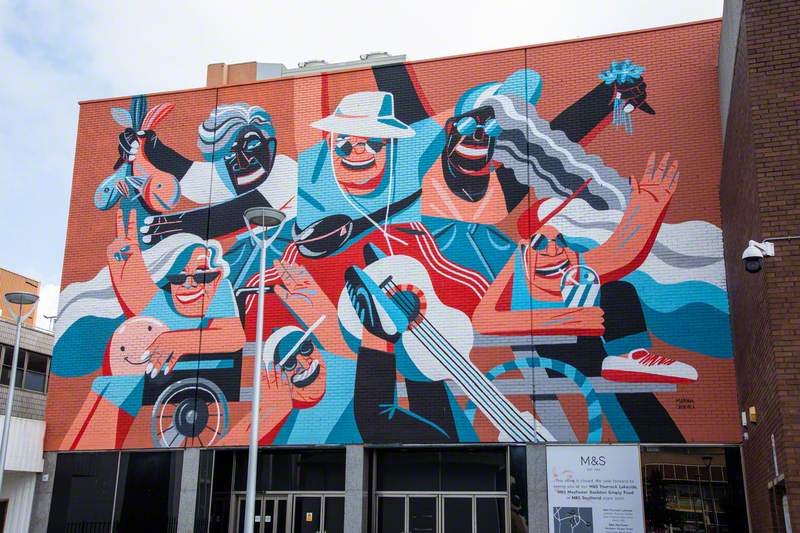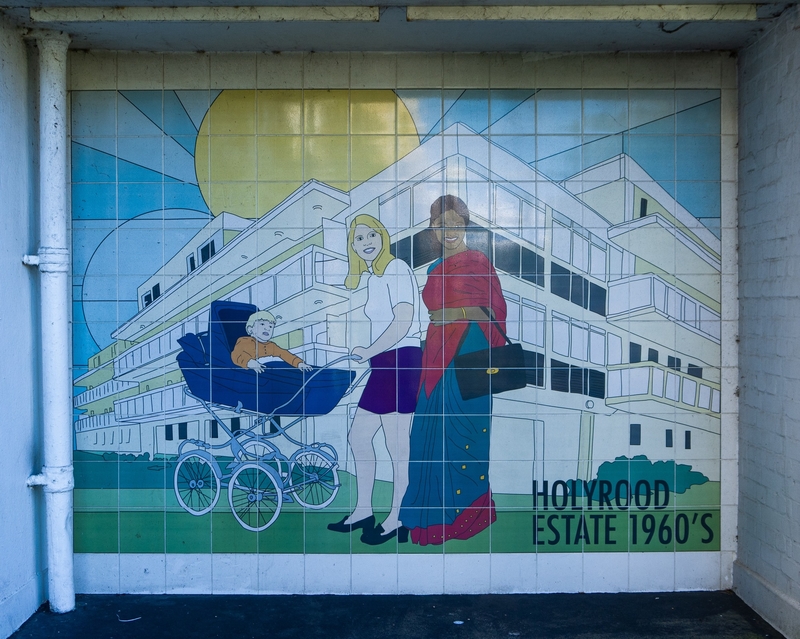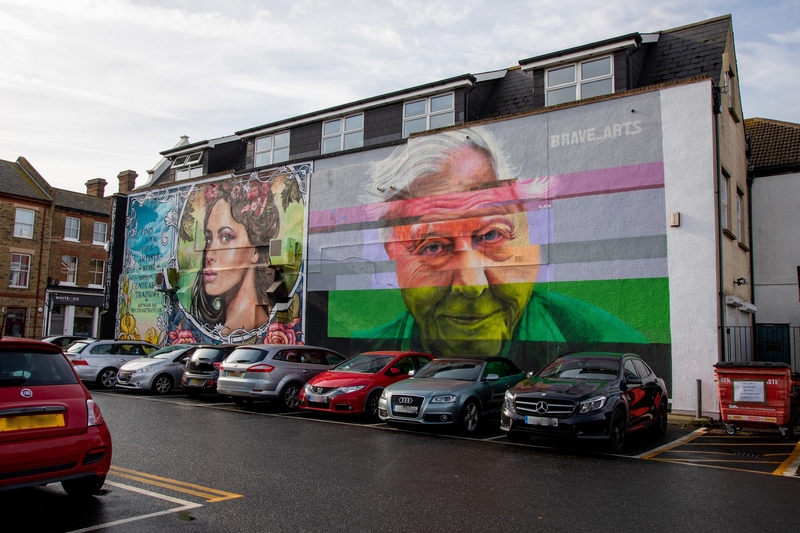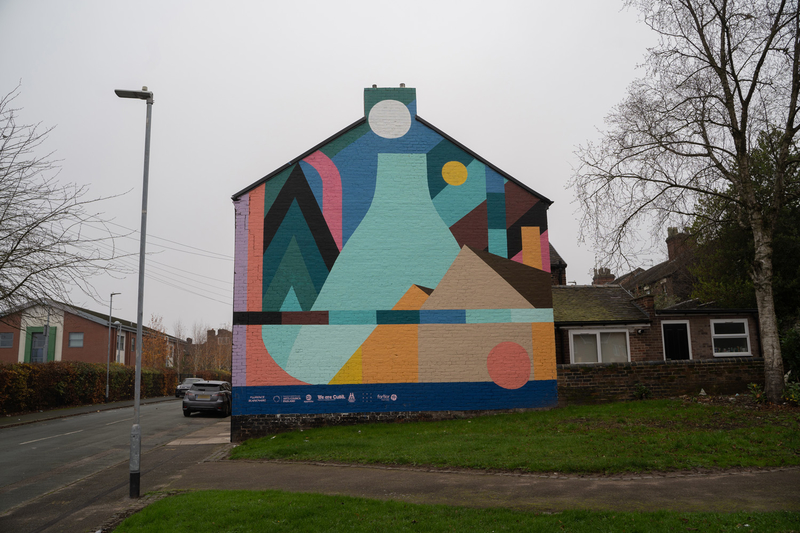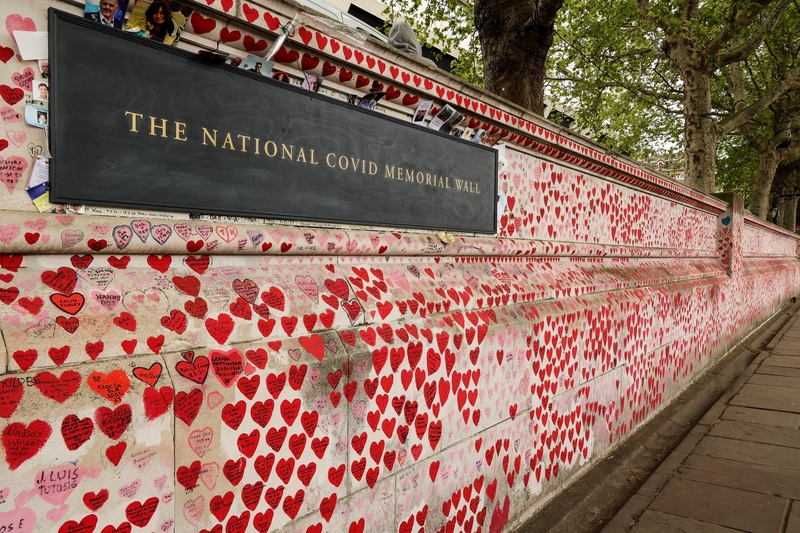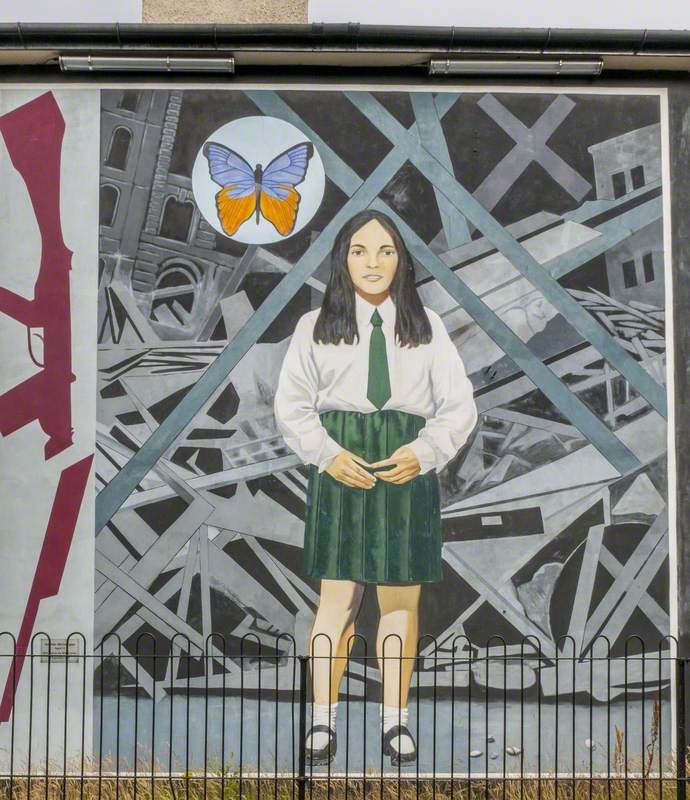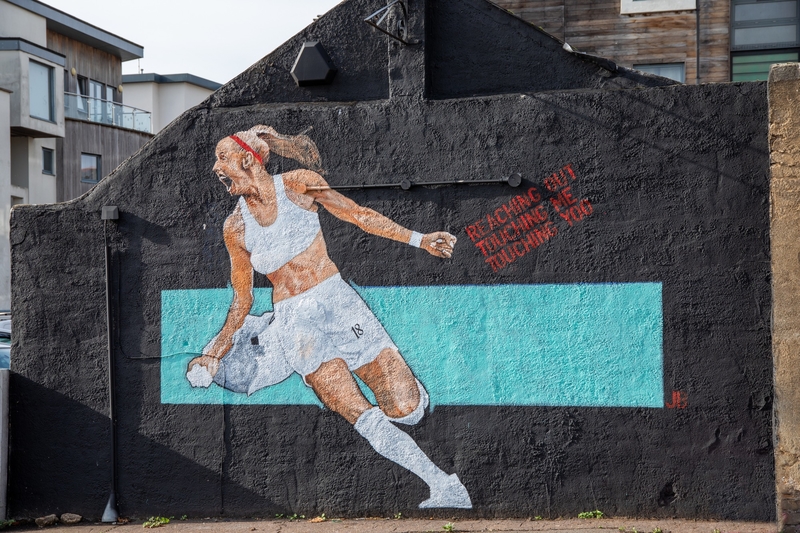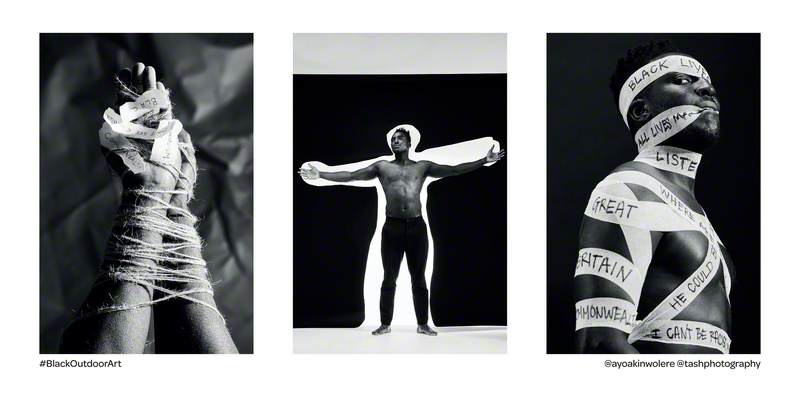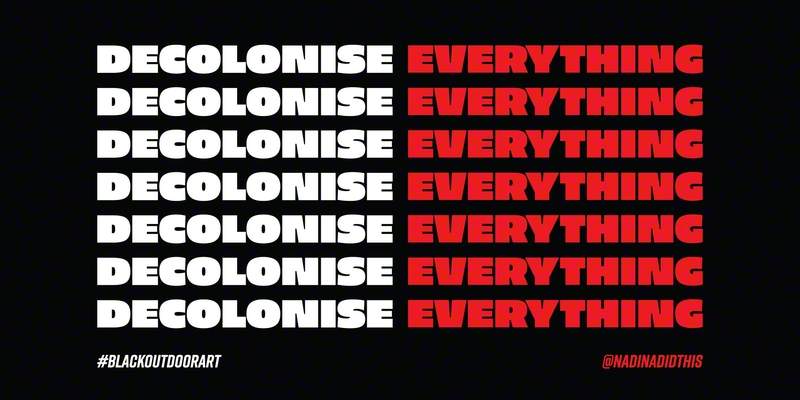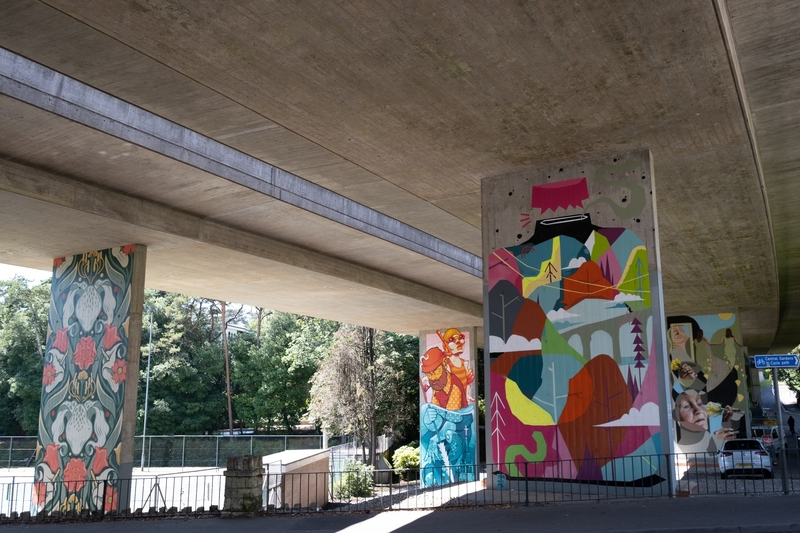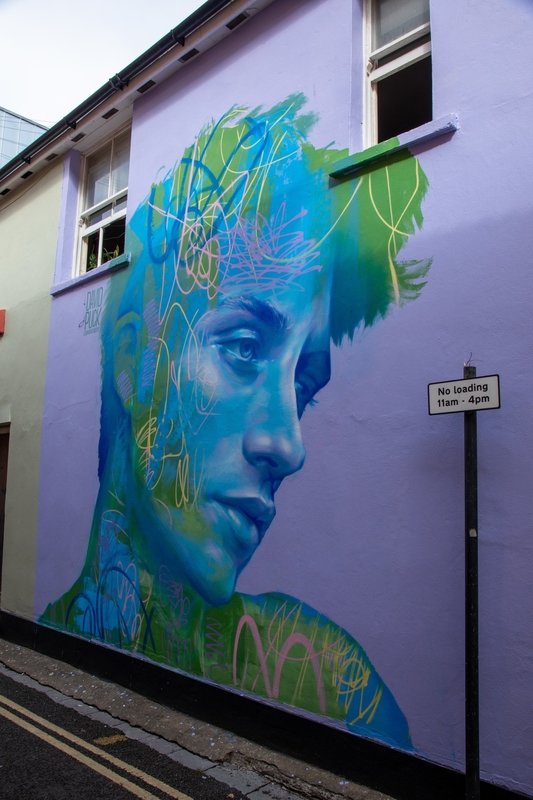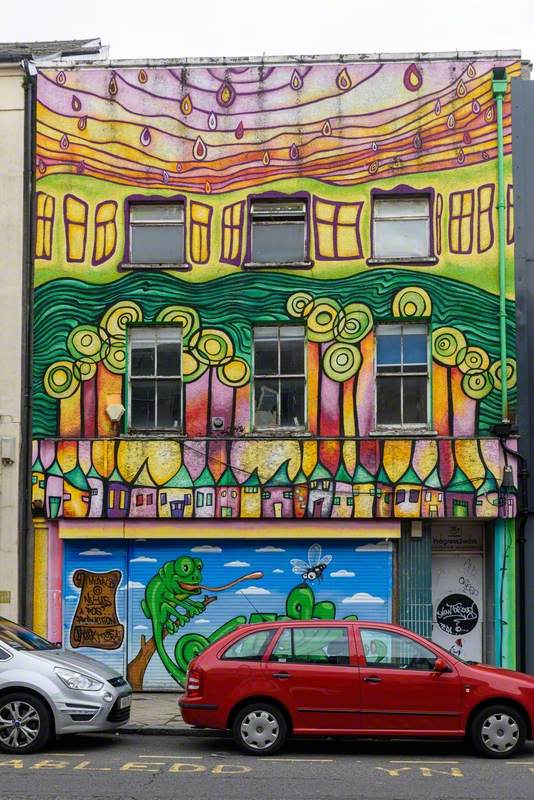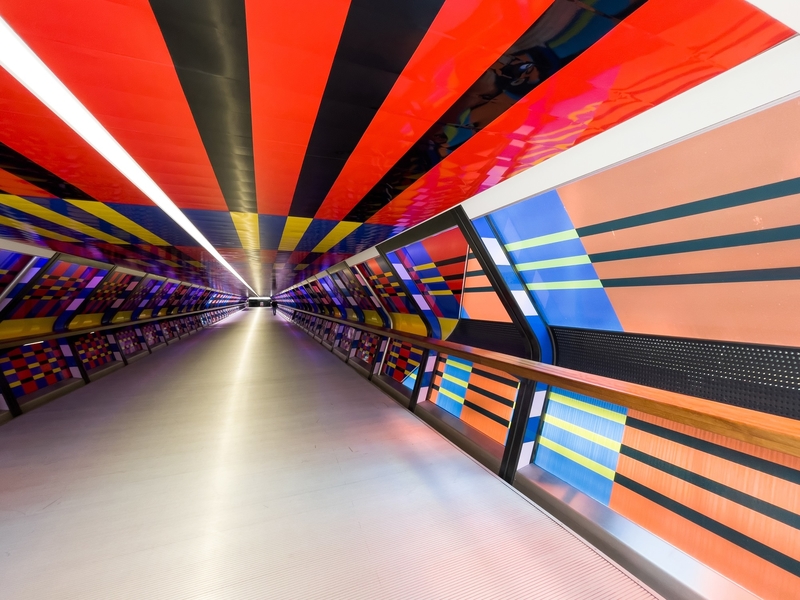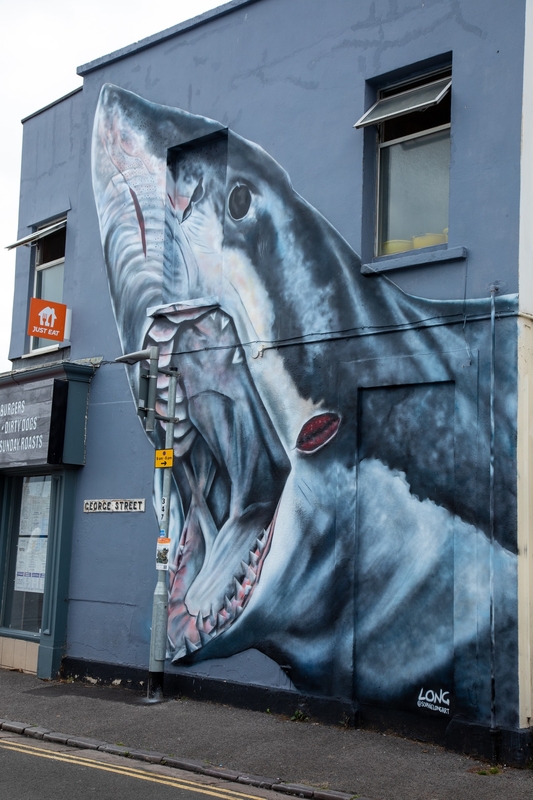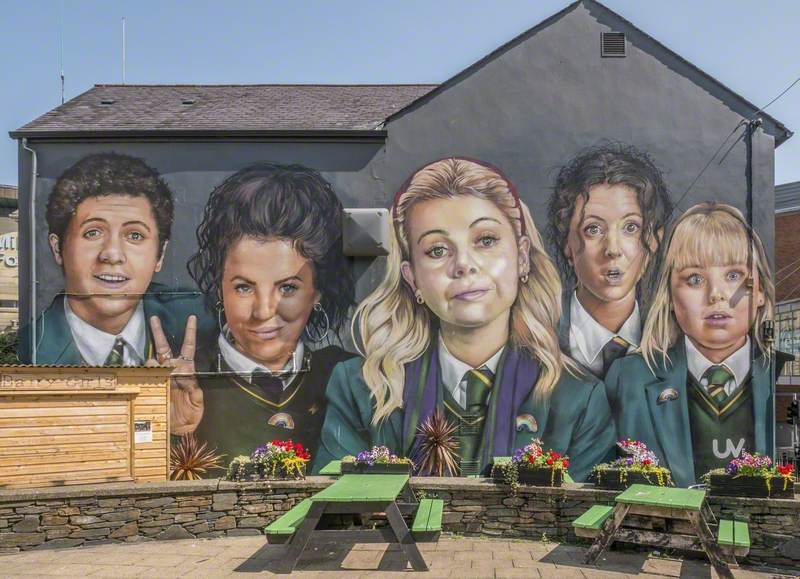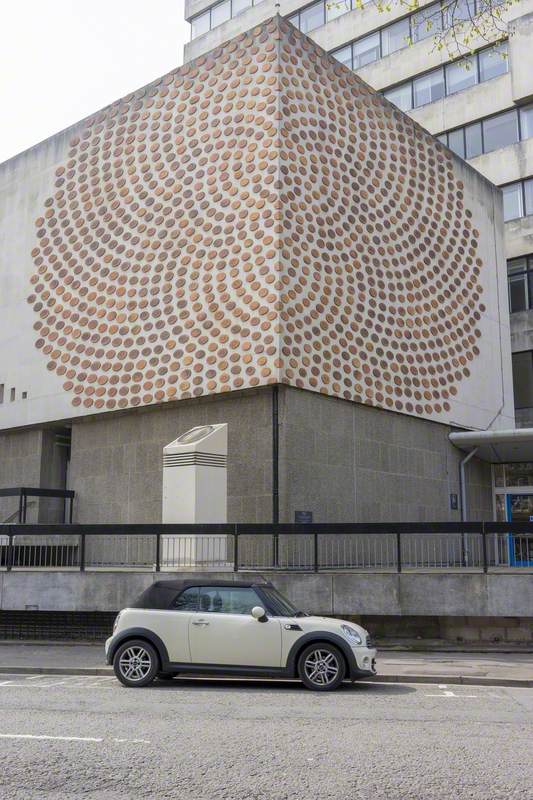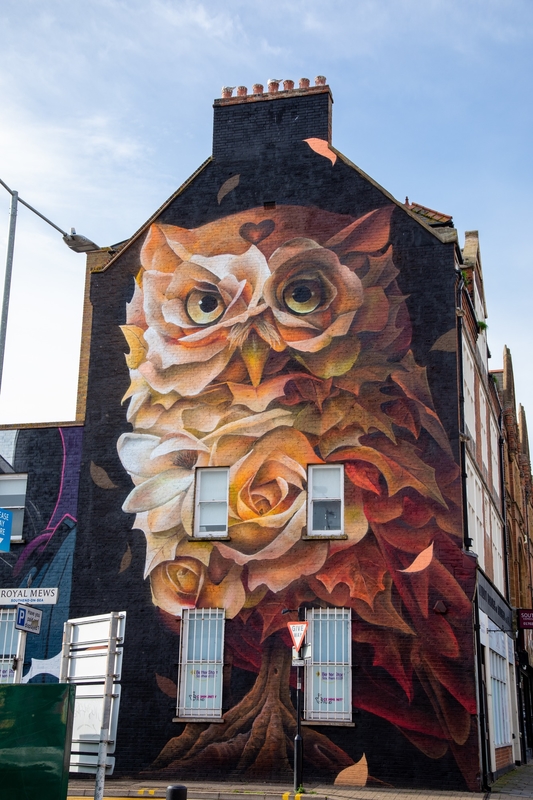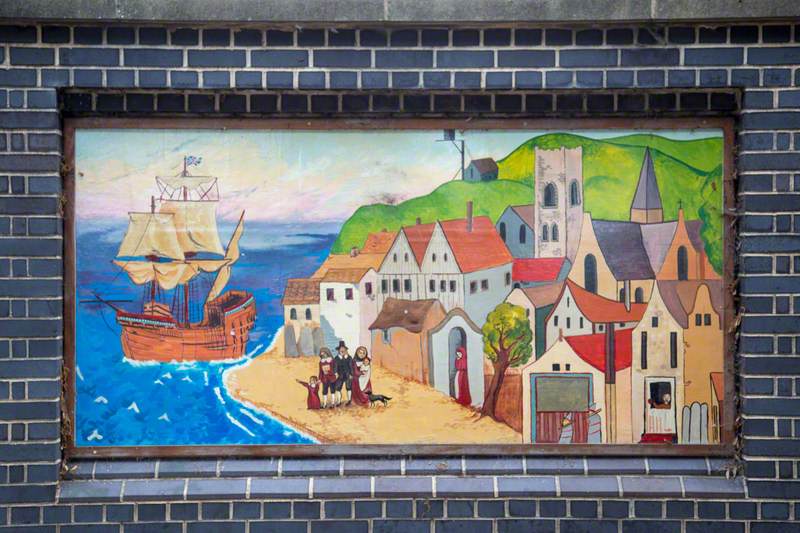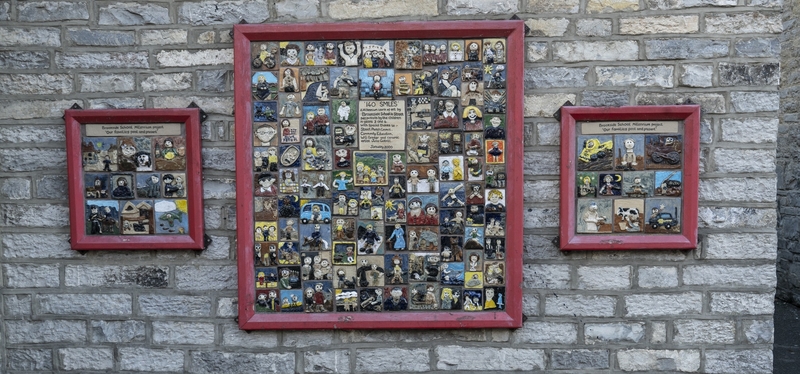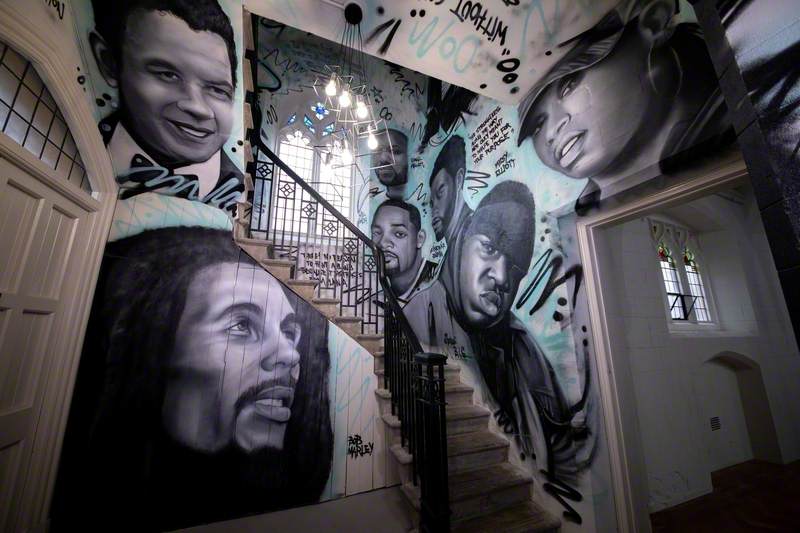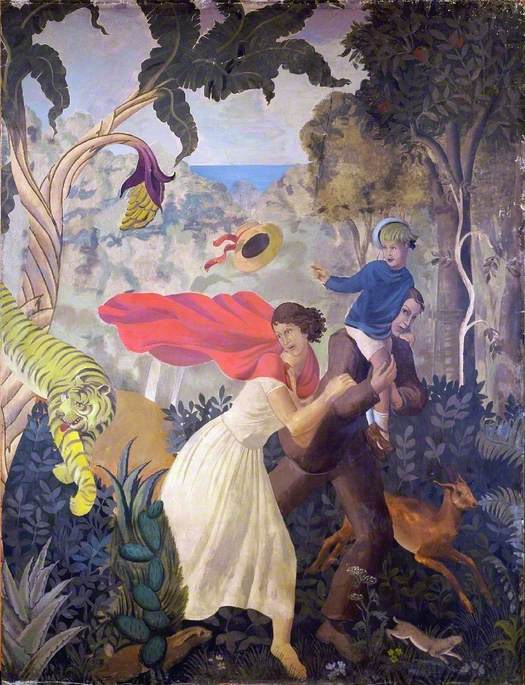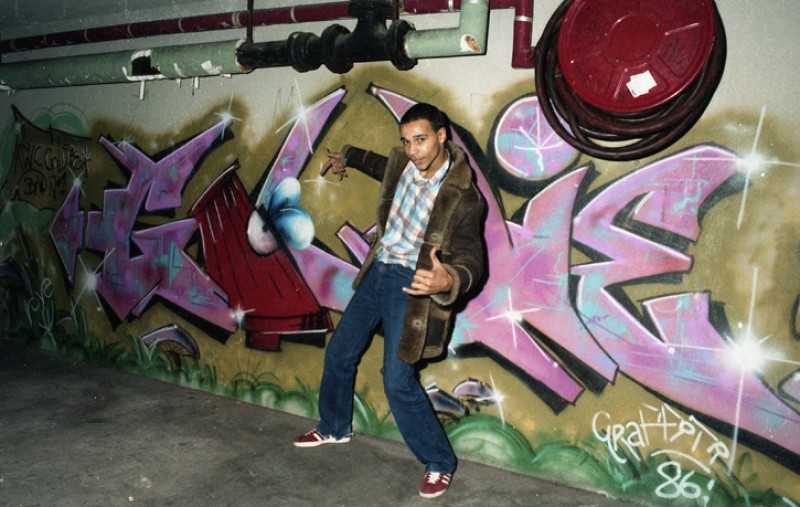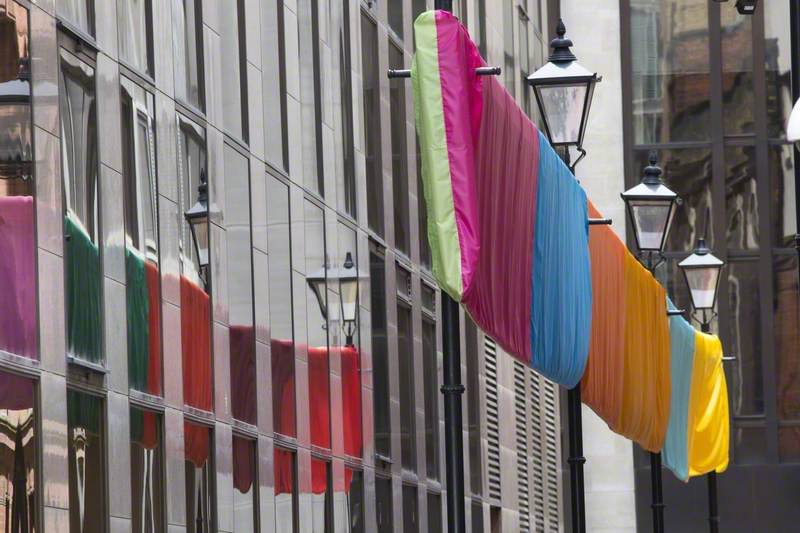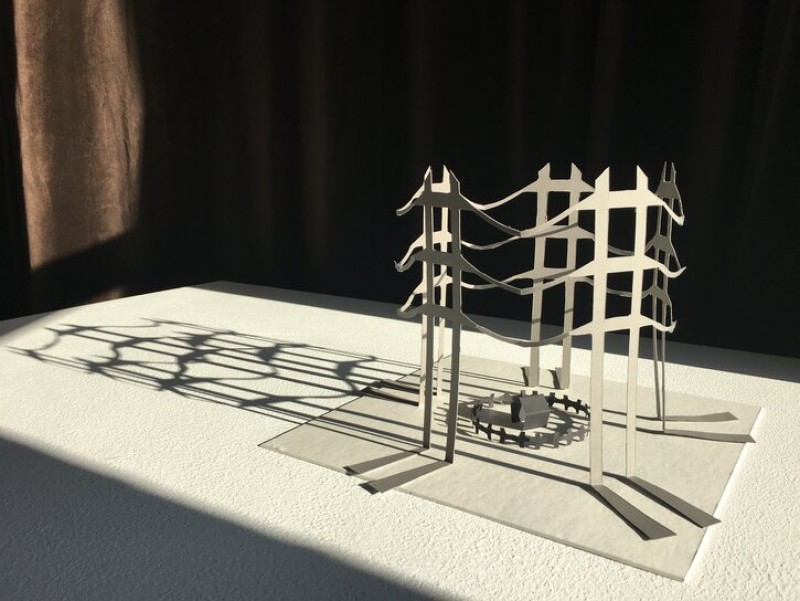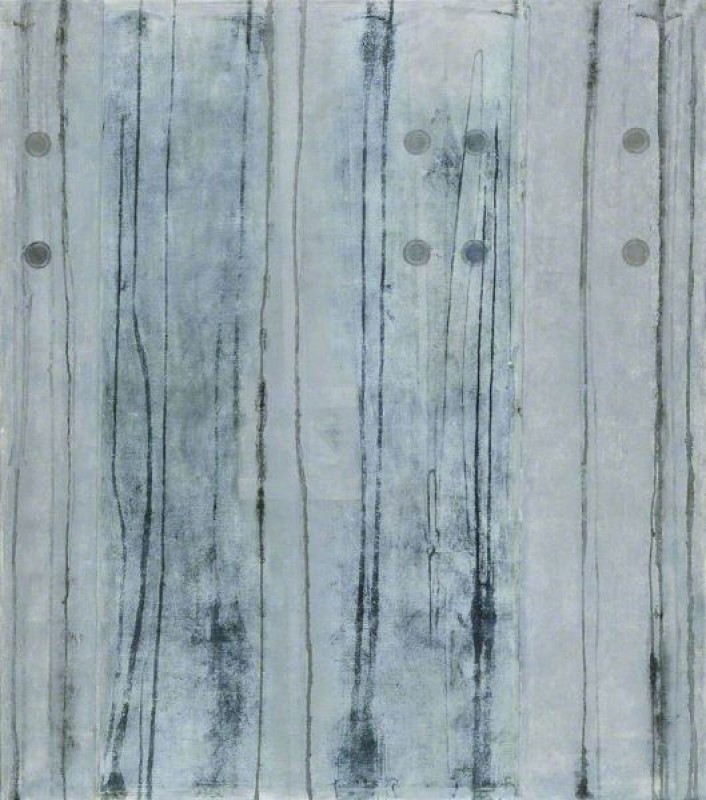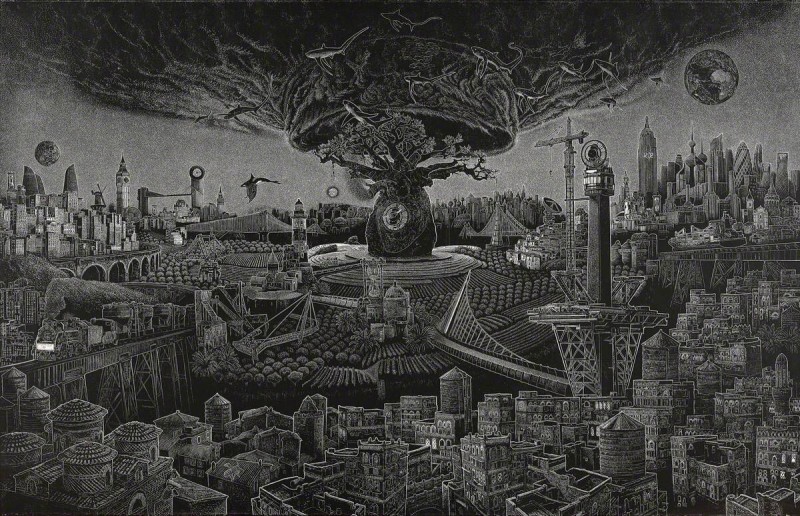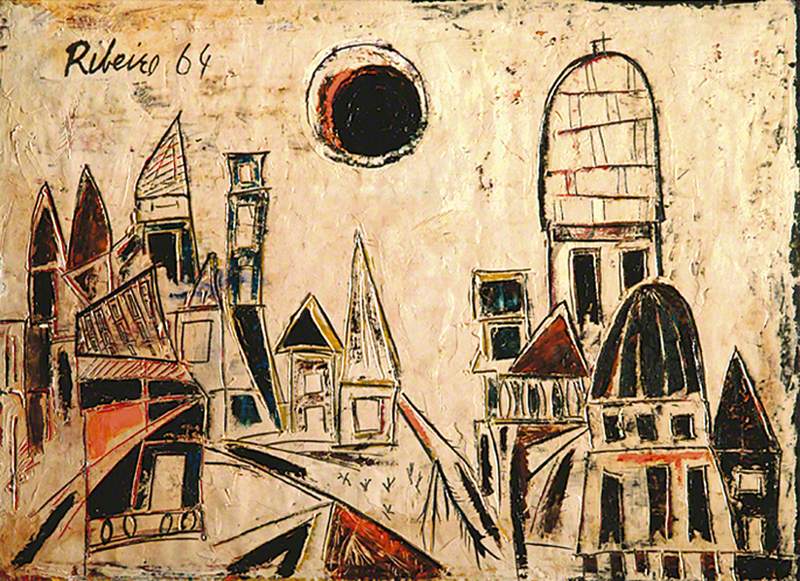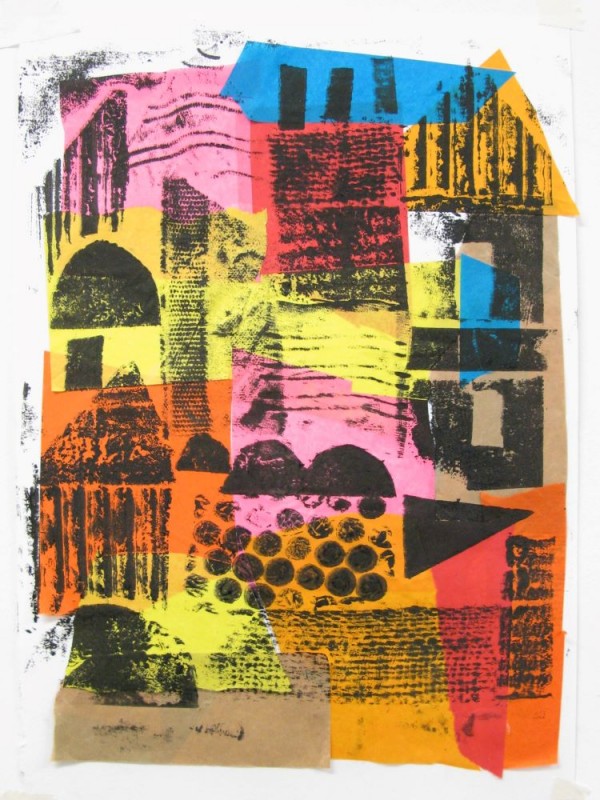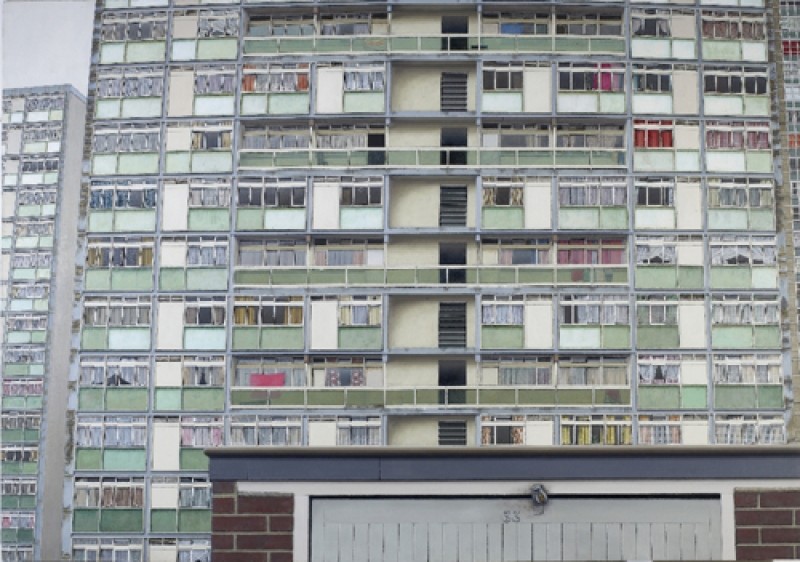Introduction: what is street art?
Street art is visual art that is located in public places. It is made to be seen by an audience outside of an art gallery setting and is often site-specific (made for a specific place).
The term street art encompasses a variety of mediums including LED lights, sculpture and yarn bombing (covering poles posts and street furniture with brightly coloured wool or yarn), but most street art takes the form of murals.
The term street art may typically make us think of art that is created without official permission but, despite the origins of some forms of street art in graffiti, much street art is now often sanctioned or commissioned.
What is the difference between street art and graffiti?
Although many forms of street art developed from graffiti, the main difference between the two is the intention and the audience.
Graffiti is primarily a word-based art that emerged in inner-city neighbourhoods as a way for urban youth to express themselves and their presence. Graffiti tags (words, names and symbols) are a form of branding and a way of marking territory. This type of art is not necessarily designed to be understood or interacted with by a wide audience but is intended to be seen by other graffiti artists.
Street art, on the other hand, is made to connect with a wide audience putting across a message to them – or simply providing something beautiful for everyone to enjoy.
There is an overlap between graffiti and street art, which is sometimes referred to as 'graffiti art'. This often combines words and images. Banksy could be described as a graffiti artist. His unsanctioned artworks of political and social commentary, created using stencils, have appeared on streets across the world.
Discussion: street art vs gallery art
Start by asking students to think of examples of street art they have seen. It may be helpful to research some local examples of street art before the lesson, or you could use examples from this resource.
Discuss the artworks as a class. Encourage students to consider how street art, and the experience of looking at it, differs from art displayed in a gallery.
These discussion prompts may be helpful:
- Describe street art you have seen. (What did it look like, where was it, how big was it what medium was used to make it?)
- Why do you think street artists make art for the streets? (What is the purpose of street art?)
- How different is your experience of seeing art on the street from seeing art inside a building such as a museum or a gallery?
